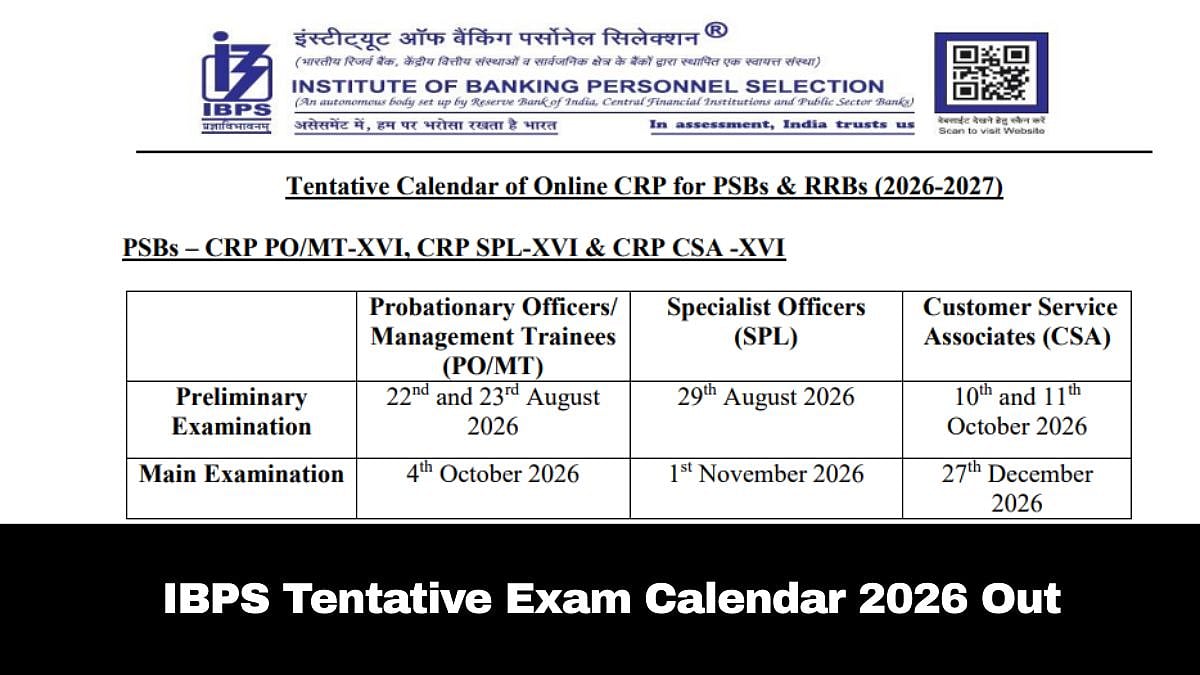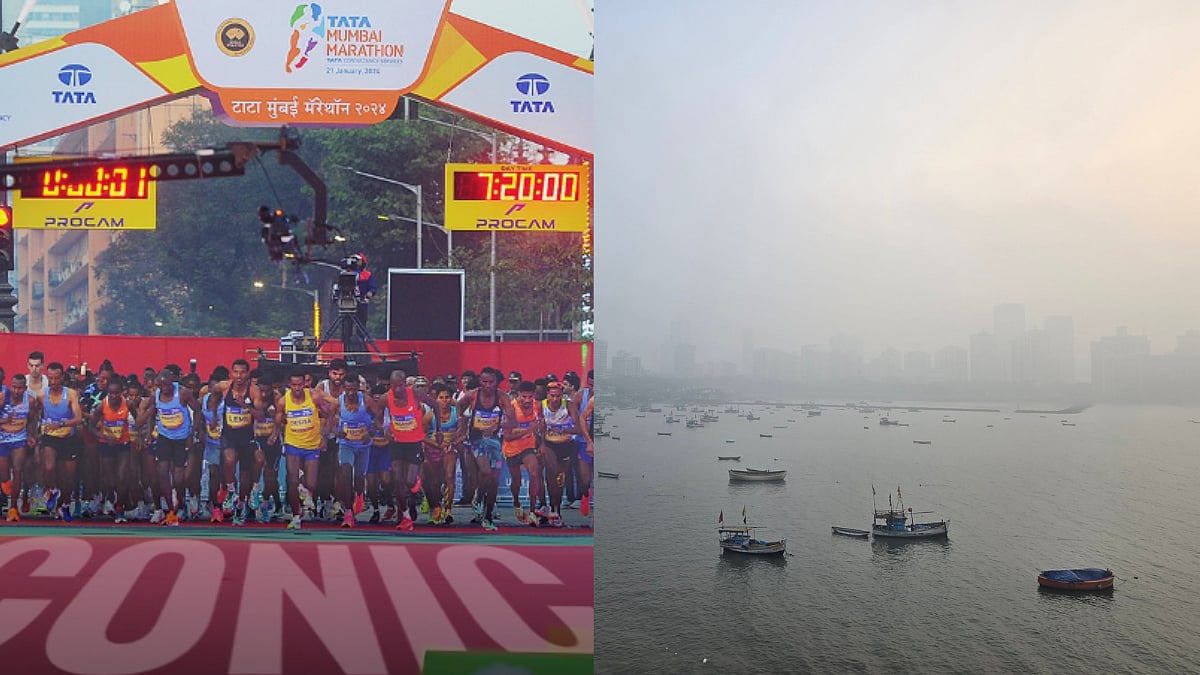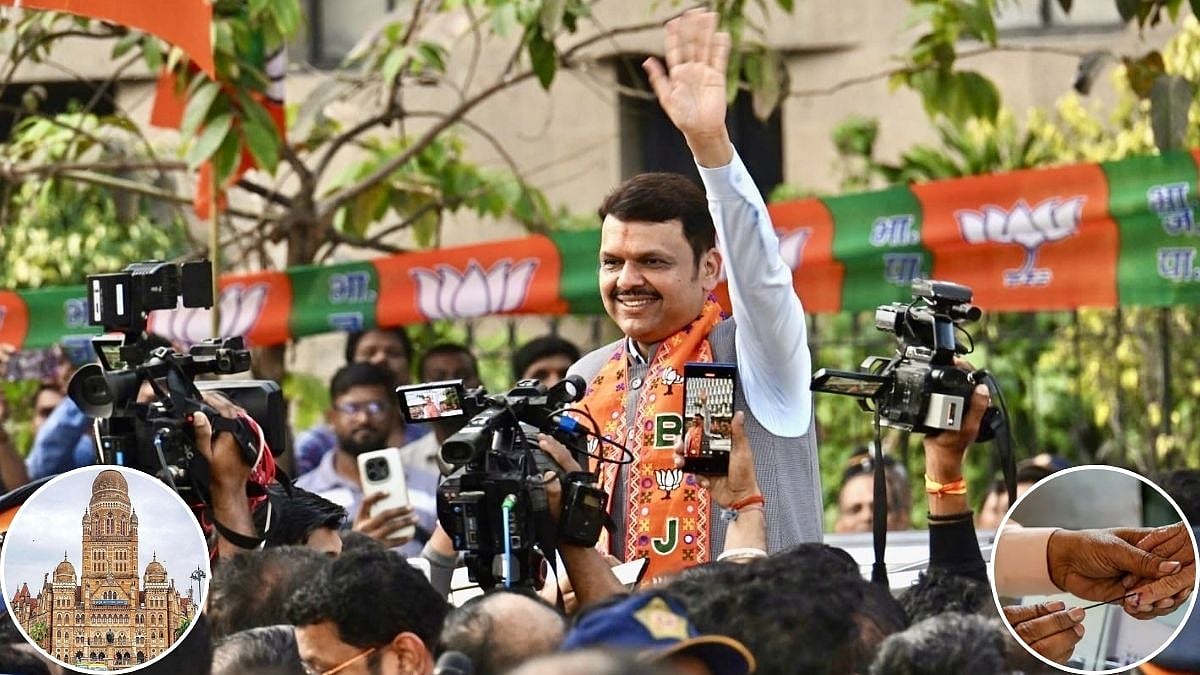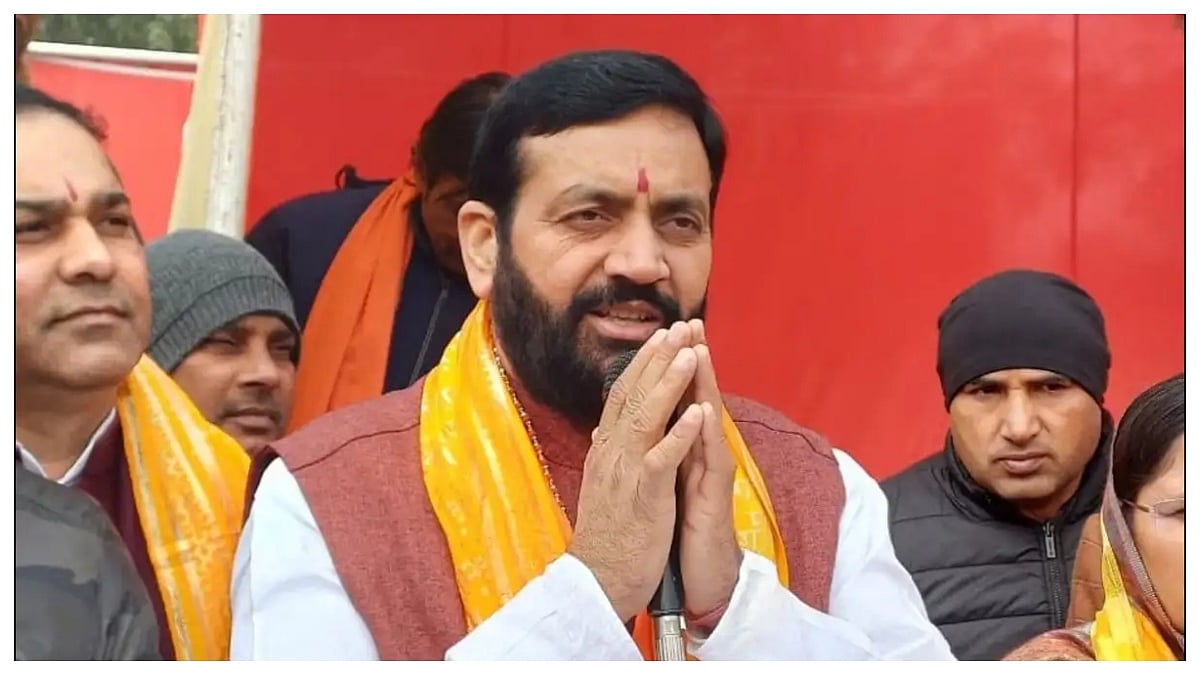Since the time of Prime Minister P V Narasimha Rao, when Indian foreign policy was recalibrated to fit the post-Cold War world, the existing consensus was that India needed to closely engage the United States of America. This was so, as, after the collapse of Soviet Union, the world became unipolar, with US hegemony as accepted norm. Indian leaders did not abandon non-alignment, with even BJP Prime Minister Atal Bihari Vajpayee accepting its legacy-worthiness, although the importance paid to the Non-Aligned Movement (NAM) and its summits were lowered.
The Manmohan Singh government moved India even deeper into the US corner by managing to extract the nuclear deal, which allowed India to escape the shackles of technology denial regimes like the non-proliferation treaty, missile technology control regime, the Wassenaar Arrangement and Australia Group.
American war on terror
This happened against the backdrop of the 9/11 terror attacks on the US and in turn, the American involvement in the war on terror in Afghanistan and Iraq. Meanwhile, China, having joined the World Trade Organisation in 2001, utilised its newly acquired manufacturing capabilities to gain ascendancy as the world's most powerful manufacturing and trading power.
As Chinese self-confidence grew, especially after the 2008 banking crisis, from which China escaped relatively unscathed, it began asserting its power in its neighbourhood, maritime and continental. This approach sharpened after the ascension of President Xi Jinping in 2013. The Covid-19 pandemic had brutally incapacitated the developed world but China, instead of feeling guilt over being the source of the problem, has tactically moved to annex Hong Kong, threatened to bash and bloody heads if challenged and abandoned peaceful union with Taiwan.
President Joe Biden, continuing in principle the China containment policy of his predecessor Donald Trump, has, in effect, ushered a new bipolar contestation. Russia is tactically aligning with China, to escape the pressure of US sanctions and western demands over Ukraine and cyber-attacks.
Indian dilemma
The Narendra Modi government finds itself in a dilemma, as it had espoused the unipolar assessment more blatantly and aligned more openly with Trump, including literally endorsing his re-election. The elevation of S Jaishankar as external affairs minister was also mostly driven by his perceived acceptance of the thesis that India could only rise by a closer clinch with the US, especially with a rapidly rising China exerting pressure on India’s neighbourhood.
A lot of foreign policy decisions regarding India’s near and extended neighbourhood flowed from this desire to dovetail the Indian approach as far as possible, to the US’s world view. As a result, hugs were exchanged with ascendant young leaders of Saudi Arabia and the United Arab Emirates, Iran was dealt with at an arm’s length, the Afghanistan policy rested on India accepting US redlines about sticking to economic assistance and avoiding any role in the security domain etc.
Generally, to India’s east, the dissonance between US policy and traditional Indian outreach to ASEAN countries plus Japan and Australia was minimal. But to India’s west, Trumpian disruptions due to exacerbated Shia-Sunni and intra-Sunni cracks left in tatters the traditional Indian policy of equidistance vis a vis all parties.
US exit from Afghanistan
The US deal with Taliban in February 2020 and now, its quick exit from Afghanistan is leaving the region destabilised, with Indian options having diminished greatly. The fact that Russian foreign minister Sergey Lavrov clubbed his visit to India with one to Pakistan and India churlishly denied him a call on the Prime Minister symbolises the state of India-Russia relations.
Belated attempts by External Affairs Minister S Jaishankar to get chummy with the Taliban and shower attention on Iran will beget limited gains. These are seasoned players who practice realpolitik ruthlessly. The moral is that foreign policy cannot be a mere instrument for massaging the ego of a nation’s leader by theatrical moves. It requires a deeper understanding of the past, present and likely future.
The writer is former secretary, Ministry of External Affairs









